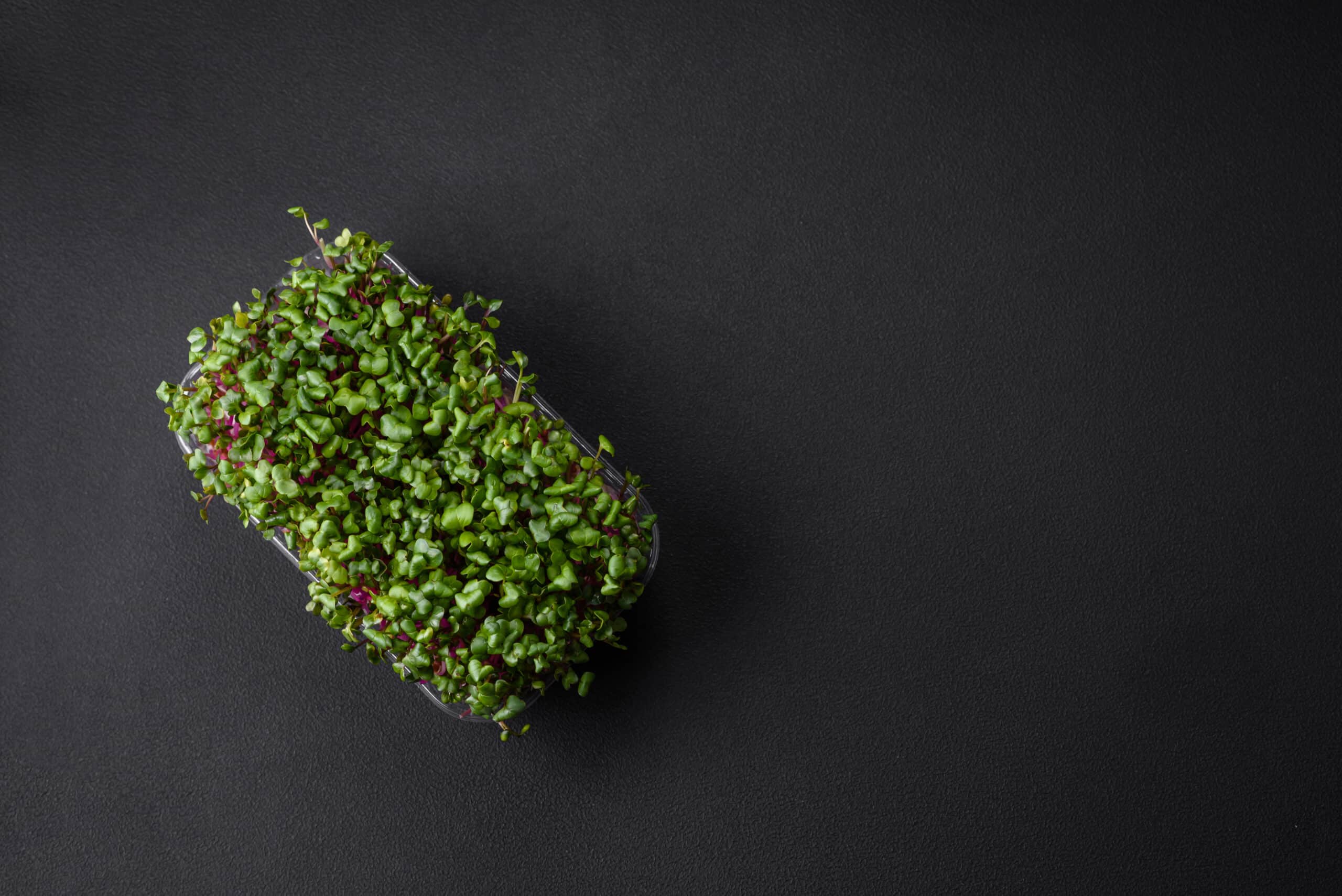Do You Refrigerate Microgreens?
Key Takeaways
- Microgreens need to be refrigerated to keep them fresh and extend their shelf life.
- Refrigeration helps slow down the growth of bacteria and fungi, preventing spoilage and maintaining the freshness of microgreens.
- Best practices for storing microgreens include cleaning them, drying them thoroughly, choosing the right storage container, lining the container with a paper towel, sealing and labeling the container, and storing them in the refrigerator.
Yes, microgreens need to be refrigerated in order to keep them fresh and extend their shelf life. Refrigeration helps to slow down the deterioration process, maintaining the quality and nutritional value of the microgreens for a longer period of time. In this article, we will explore the reasons why refrigeration is necessary, as well as the best practices for storing microgreens after harvest.
Why Refrigerate Microgreens?
Microgreens are delicate and perishable greens that are harvested at an early stage of growth. They are packed with nutrients and have a vibrant flavor, making them a popular addition to salads, sandwiches, and other dishes. However, their delicate nature means that they can spoil quickly if not stored properly. Refrigeration helps to slow down the growth of bacteria and fungi, preventing spoilage and maintaining the freshness of microgreens for a longer period of time.
Best Practices for Storing Microgreens
Now that we know the importance of refrigeration, let’s explore the best practices for storing microgreens after harvest:
- Clean the microgreens: Start by immersing the microgreens in cold water and swirling gently to remove any dirt. Repeat this process until the water runs clear. This step is important to remove any potential contaminants and ensure the microgreens are clean.
- Dry the microgreens: After cleaning, lay the microgreens out in a single layer on a clean kitchen towel or paper towel. Pat them dry gently or let them air dry completely. Excess moisture can lead to wilting and spoilage, so it’s crucial to ensure the microgreens are thoroughly dried.
- Choose the right storage container: Select an airtight container or a produce bag designed to maintain freshness. Plastic clamshell containers, reusable plastic bags, glass containers with lids, or produce storage bags are all suitable options. These containers provide enough space and ventilation to keep the microgreens fresh.
- Line the container: To absorb any excess moisture, line the chosen container with a paper towel. This will help to prevent the microgreens from becoming too damp, which can lead to spoilage.
- Place the microgreens in the container: Make sure not to pack the microgreens too tightly if using a bag. This allows for adequate airflow and reduces the risk of condensation. If using a container, simply lay the microgreens inside without overcrowding.
- Add another layer of paper towel: To further wick away moisture, place another paper towel on top of the microgreens. This additional layer helps to maintain the optimal moisture balance.
- Seal and label the container: Seal the container or tie off the bag to create a proper barrier against air and moisture. Don’t forget to label the container with the date of storage to keep track of the freshness of your microgreens.
- Store in the refrigerator: Place the container or bag in the refrigerator, preferably in the crisper drawer. This section of the fridge maintains a consistent temperature and is away from direct light, which can cause the microgreens to wilt or lose their flavor.
- Monitor for signs of spoilage: While microgreens can typically stay fresh in the refrigerator for about 5 to 7 days, it’s important to monitor them for any signs of spoilage. Discoloration, odor, texture changes, or mold are all indicators that the microgreens have spoiled and should be discarded.
By following these best practices, you can ensure that your microgreens stay fresh and flavorful for as long as possible.
Conclusion
In conclusion, refrigeration is essential for preserving the freshness and extending the shelf life of microgreens. By storing them in the refrigerator using the proper containers and following the recommended guidelines, you can enjoy the nutritional benefits and vibrant flavors of microgreens for a longer period of time.
Related Websites:
FAQs:
Q: What are the health benefits of microgreens?
Microgreens are packed with nutrients and can provide several health benefits. They contain higher levels of vitamins, minerals, and antioxidants compared to mature plants. Incorporating microgreens into your diet can support a healthy immune system, improve digestion, and contribute to overall well-being.
Q: Can I refrigerate microgreens?
Refrigeration can be beneficial for extending the shelf life of microgreens. It helps slow down the wilting and decay process, keeping them fresh for longer. However, refrigeration may negatively affect the texture and flavor of microgreens. It is recommended to assess the specific circumstances and preferences before deciding whether to refrigerate them.
Q: How should I store microgreens?
To store microgreens properly, it is important to keep them in a cool and humid environment. The ideal temperature for storing microgreens is around 35-40 degrees Fahrenheit (2-4 degrees Celsius). It is recommended to place them in a container with a damp paper towel to maintain their freshness and quality.
Q: How can I determine the freshness of microgreens?
To assess the freshness of microgreens, look for vibrant colors, crisp texture, and a fresh smell. Avoid microgreens that appear wilted, discolored, or have a slimy texture. It is also recommended to consume them within a few days of purchase for the best flavor and nutritional value.
Q: What are some tips to prolong the freshness of microgreens?
To prolong the freshness of microgreens, keep them refrigerated in an airtight container with a damp paper towel. Avoid washing them before storage as moisture can promote decay. It is also beneficial to consume them as soon as possible or within a few days of purchase for optimal flavor and nutritional content.






